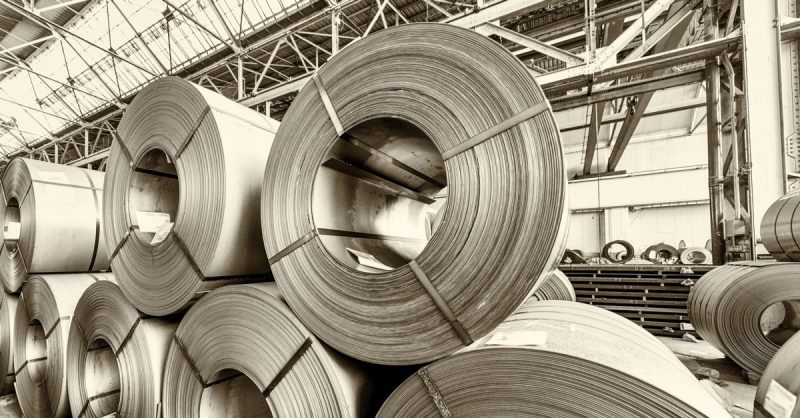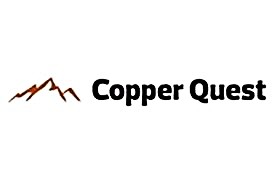
The Impact of the Carbon Border Adjustment Mechanism on EU Imports
The European Union’s Carbon Border Adjustment Mechanism (CBAM) is scheduled for full implementation by January 2026. However, some European stainless steel buyers expect a surge in imports toward the end of 2025. This is because companies look to avoid the added costs and administrative burdens that CBAM will impose.
As part of the CBAM, importers will be required to report the carbon content of their products. They must buy certificates that reflect the greenhouse gas emissions generated during the production of the goods in the country of origin. Though CBAM certificates will not be mandatory until 2027, companies are expected to rush imports before this deadline. This behavior is expected in an effort to bypass the impending requirements. This could result in a significant increase in stainless steel imports into EU ports in the final quarter of 2025.
How CBAM Could Affect Stainless Steel Supply and Demand
The proposed delay in the requirement for CBAM certificates will give importers additional time to adjust. Still, the obligation to report emissions will continue, leading to a probable rise in imports as companies stockpile materials. However, the increased volume of imports may struggle to find demand, as the European market faces weak steel consumption.
For EU steel producers, the influx of third-country shipments is an unwelcome development. Rising inventories and declining export opportunities to the U.S. following the 25% Section 232 import tariffs have already put pressure on European mills. Furthermore, low demand and reduced scrap prices are eroding profit margins for producers who are attempting to maintain competitive pricing.
Market Pressure on European Mills
The latest quarter results from Europe’s top stainless producers highlight the ongoing pressure on prices due to oversupply. Acerinox, for example, saw a 29% increase in melt shop production. Yet, its profit margins remain squeezed by imports, which now account for 22% of the European market share. Despite these challenges, Acerinox expects U.S. tariffs to help improve its U.S. operations’ profitability.
Similarly, Outokumpu’s stainless steel deliveries in Europe saw a 10.8% increase quarter-on-quarter. However, its selling prices remained subdued, contributing to a less impressive rise in revenue. Aperam also experienced higher shipments but reported a 30% decline in earnings, citing intensive pricing pressures within the European market.
Although these companies anticipate a more profitable second quarter, their outlook remains uncertain amid the ongoing volatility in global trade, tariff issues, and oversupply concerns.
SuperMetalPrice Commentary:
The introduction of CBAM in the EU has triggered a complex series of market dynamics, especially in the stainless steel sector. While it is designed to curb carbon emissions, it may unintentionally flood the market with imports before the full enforcement in 2026. This situation could exacerbate the oversupply problem in Europe, pushing down prices further. European mills will need to navigate these turbulent waters carefully. This comes as weak demand and pricing pressures persist, while shifts in trade policies create new uncertainties.











Leave a Reply
You must be logged in to post a comment.